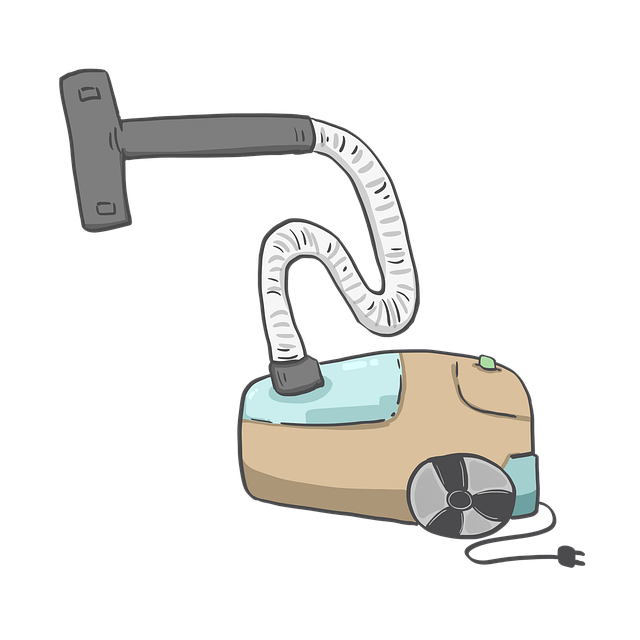Steam cleaning for tile and grout floors is a gentle yet powerful method that effectively removes dirt, stains, and bacteria while preserving floor integrity. It uses high-pressure steam to penetrate and break down debris, ideal for heavy foot traffic areas. This eco-friendly process avoids harsh chemicals and excessive water, restoring flooring aesthetics and preventing damage over time. Key steps include preparation (clear space, protect surfaces, verify drainage), equipment selection (adjustable pressure, detachable accessories), cleaning (vacuum/sweep, move furniture, set up machine, apply steam, let sit, remove moisture), and post-cleaning maintenance (regular mopping, annual sealing, entryway mats). Tailored approaches ensure deep cleaning, stain prevention, and optimal results.
Discover the transformative power of steam cleaning for your tile and grout floors. This gentle yet robust approach offers a deep clean, ridding surfaces of stubborn stains, dirt, and grime without harsh chemicals. Learn how it works, from understanding the process to choosing the right equipment and mastering the technique. We’ll guide you through preparations, step-by-step cleaning, post-steaming care, and common issues for optimal results. Revitalize your floors with steam cleaning’s efficient and eco-friendly magic.
Understanding Steam Cleaning: A Gentle Yet Powerful Approach for Tile Floors
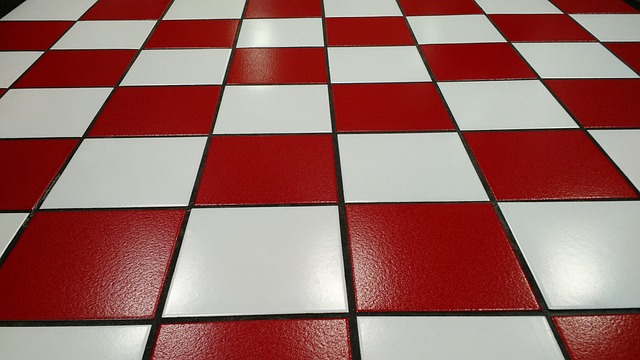
Steam cleaning for tile and grout floors is a gentle yet powerful approach that effectively removes deep-seated dirt, grime, and even mold spores. Unlike traditional cleaning methods that can be abrasive and potentially damaging, steam cleaning uses hot water vapor to loosen and break down debris trapped in the porous surfaces of tiles and grout lines. This method not only cleans but also sanitizes, killing 99% of bacteria and viruses on contact.
The process involves feeding high-pressure steam through a specialized cleaning nozzle, which infuses the tile and grout with hot water vapor. As the steam comes into contact with the surfaces, it expands and breaks down grime, allowing for easy extraction. This method is ideal for homes or commercial spaces with heavy foot traffic, as it deeply cleans without leaving behind harsh chemicals or residue. Steam cleaning also helps to preserve the integrity of tiles and grout by avoiding excessive water exposure that can lead to warping or discoloration.
Benefits of Steam Cleaning for Tiles and Grout

Steam cleaning for tile and grout floors offers numerous benefits, making it a popular choice among homeowners and professionals alike. This method is highly effective in removing deep-seated dirt, grime, and even tough stains that traditional cleaning techniques might miss. The steam penetrates deeply into the pores of the tiles and grout lines, loosening debris and grime, which is then easily washed away. This thorough cleaning not only leaves floors sparkling clean but also helps to sanitize and disinfect surfaces, ridding them of bacteria, viruses, and mold spores.
Moreover, steam cleaning is a gentle yet powerful way to restore the look of tired tiles and grout. Unlike abrasive methods that can damage delicate finishes or scratch surfaces, steam cleaning provides a non-invasive approach. It helps to loosen and soften stubborn stains without causing any wear and tear, preserving the integrity and aesthetic appeal of your tile flooring over time. Additionally, it’s an eco-friendly option as it uses only water and steam, eliminating the need for harsh chemicals, making it a safer and more sustainable choice for homes and commercial spaces.
How Does Steam Cleaning Work on Tile Surfaces?
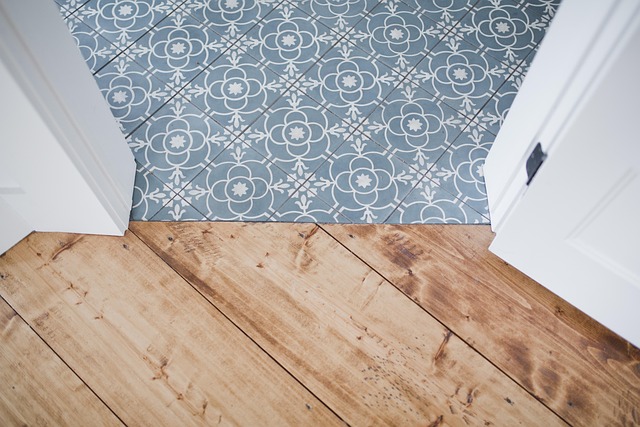
Steam cleaning is an effective method for deep cleaning tile and grout floors, removing stubborn stains and grime. The process involves injecting high-pressure steam into the surface, which works to loosen and dissolve dirt, oil, and other contaminants. This powerful yet gentle approach ensures that even deeply embedded debris is eliminated without causing damage to the tiles or grout lines.
The steam cleaning solution is safe for various tile types and effectively breaks down organic compounds, ensuring a thorough clean. As the steam evaporates, it takes with it any dislodged particles, leaving behind fresh and sanitised surfaces. This method is particularly beneficial for floors with sealed or porous tiles, as it penetrates deeply without saturating the material, thereby reducing drying time and minimising potential water damage.
Preparations Before Steaming Your Tile and Grout Floors

Before diving into the steam cleaning process, there are several preparations to ensure optimal results for your tile and grout floors. Start by clearing the space, removing any loose furniture or items that might get in the way during cleaning. Next, protect nearby surfaces with drop cloths or covers to prevent water damage. It’s crucial to check and clean your floor’s drainage system, making sure all grates are clear and unblocked to ensure effective steam penetration.
Additionally, gather all necessary tools: a steam cleaner designed for tile and grout, a sturdy brush attachment, and a vacuum for post-cleaning. Prepare a solution of warm water and mild detergent suitable for your floor type. Test the mixture on a small, inconspicuous area first to verify it doesn’t damage or discolour your tiles. Lastly, ensure proper ventilation in the room to manage humidity levels throughout the steam cleaning process.
Choosing the Right Steam Cleaning Equipment
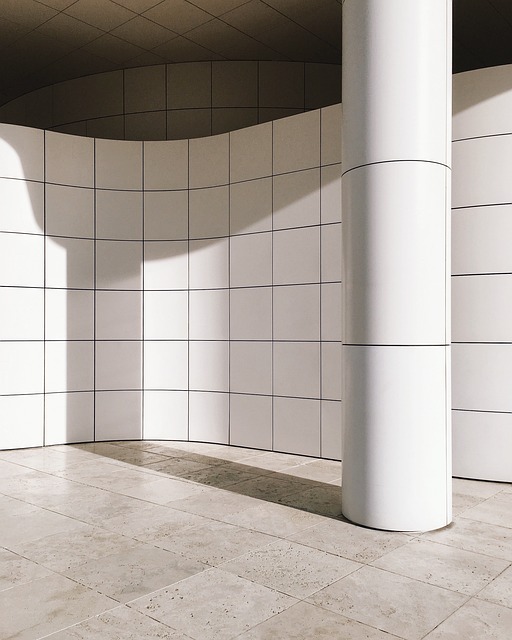
When considering residential steam cleaning for tiles and grout floors, selecting the appropriate equipment is paramount to achieving optimal results. The right tools can make all the difference in terms of efficiency, cleanliness, and long-term care for your tile surfaces. Look for a steamer that offers adjustable pressure settings to cater to different types of tiles and grouts, ensuring gentle yet effective cleaning without causing damage.
Additionally, consider models with detachable or interchangeable accessories, such as brush heads and extension wands, which allow for easier navigation around corners, tight spaces, and various floor layouts. These features promote thorough cleaning, reaching deep into the grout lines where dirt and grime often hide, ultimately preserving the freshness and aesthetic appeal of your tile and grout floors.
Step-by-Step Guide to Effective Steam Cleaning
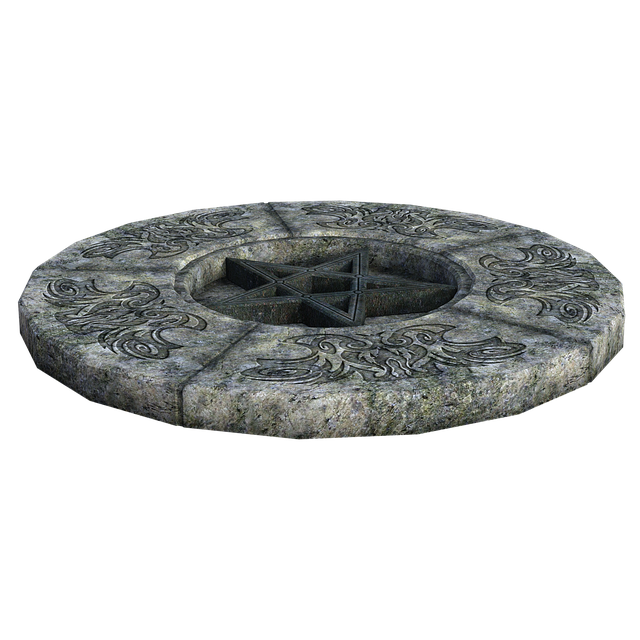
Steam cleaning for tile and grout floors is an effective way to deeply clean and sanitize your home’s flooring. Here’s a step-by-step guide to ensure optimal results:
1. Preparation: Start by vacuuming or sweeping your tiles to remove any loose dirt or debris. This prepares the surface for steaming, ensuring better contact between the steam and grout lines. Move all furniture away from the cleaning area for easy access and to prevent damage from the steam.
2. Steam Cleaning Machine Setup: Fill the steam cleaning machine with clean water according to the manufacturer’s instructions. Connect the machine to a power source and allow it to heat up. Adjust the steam pressure settings to suit your tile type—higher pressure is suitable for harder tiles like ceramic, while lower pressure might be better for delicate or natural stone varieties.
3. Cleaning Process: Once the machine is ready, apply the steamed water to the floor using the appropriate cleaning tool or pad provided with the machine. Move in a systematic pattern, ensuring even coverage of both tile and grout. Leave the steam on the surface for several minutes to loosen and dissolve dirt and grime. Use a squeegee or microfiber cloth to remove excess moisture, wiping from the grout lines towards the tiles to prevent water from seeping into the joints.
Post-Steaming Care: Maintaining Cleaned Tile Floors

After a thorough steam cleaning, maintaining your tile floors is relatively simple. Regular mopping with a mild detergent and warm water will help to keep the surfaces clean between professional cleanings. Pay special attention to areas prone to staining or high traffic to prevent buildup.
For deeper cleaning and to extend the life of your tile and grout, consider sealing the grout annually. This protective step fills in the tiny pores in the grout, preventing dirt and stains from penetrating. Additionally, using a floor mat at entryways can help reduce the amount of soil tracked onto your clean floors, ensuring they stay sparkling for longer periods.
Common Issues and Tips for Optimal Results

When it comes to steam cleaning tile and grout floors, several common issues can arise if proper techniques aren’t employed. One of the main challenges is achieving deep penetration into the grout lines, where dirt and grime often accumulate. Grout, being porous, can absorb moisture and impurities, making it a breeding ground for bacteria and mould. Standard vacuums or mops may not be effective in removing this deeply embedded debris.
To ensure optimal results with steam cleaning, start by sweeping or vacuuming the floor to remove loose dirt. Then, apply a suitable cleaning solution designed for tile and grout. The steam cleaner should be set to the appropriate temperature for your flooring material. For tough stains, consider pre-treating them before steaming. After cleaning, rinse the floor thoroughly with warm water and dry it immediately to prevent moisture damage. Regular maintenance and addressing issues promptly will keep your tile and grout floors looking their best.
